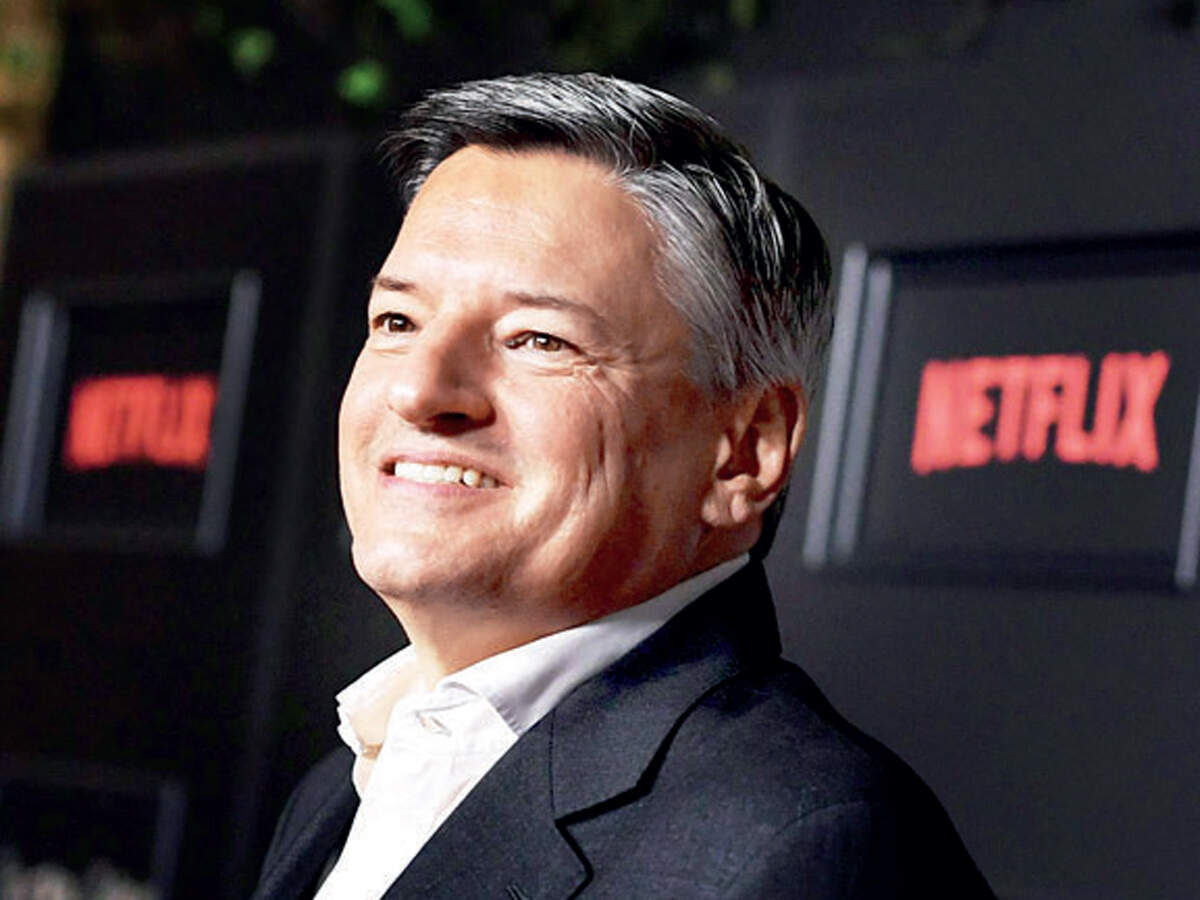
In an interaction with author Anupama Chopra, Netflix co-CEO Ted Sarandos, who is also the chief content officer,
talks about the success of Indian stories globally and getting the creative process right in India. Edited excerpts
The entertainment business has been ravaged by the pandemic. What is your biggest concern?
The biggest thing that we have been focused on is our return to production so that the stories continue to flow. We are keen on getting back to production to make sure we don’t have any interruptions on those stories. And it’s been challenging in India, but we are also seeing very encouraging signs on more than 10 of our productions that will be back in full production in November.
In the last few months, Netflix has had some great success with Indian-themed programming. You have an Indian American, Bela Bajaria, as the head of global television. Is India going to be even more important for the platform?
It’s hard to say how important would be more important. We have said from the beginning that India was a critical market for us and for most industries, but in particular I think the entertainment business. Indians are such lovers of great storytelling, great cinema and increasingly great television, and we are very heavily invested in growing our original stories from India. What’s really important is that we are growing it not just for India, we are also growing those stories for our global platform.
I’m curious about where Indian stories are travelling to?
Well, they are travelling everywhere. For example, ‘Never Have I Ever’ is a story that people hold very close to them because it reflects their lives in many ways, the connection in their families. Our Indian series and films, starting back with ‘Sacred Games’, played in every major market throughout Europe and Latin America. And the reciprocal is true as well in India, where we are seeing very large-scale watching of content from Spain, Korea and Japan.
Our Indian members will recognise seeing those titles in the Top 10 and, on the animation side, ‘Mighty Little Bheem’ is now the most watched, non-English animated series in the US. In fact, we have a brand new season of Mighty Little Bheem coming out this Friday.
Are you mindful of what you are putting out there, especially since the world is becoming so polarised?
Well, definitely. And the main thing for us is that we have a large local focus, to make sure that it isn’t some vision of India that I bring to the table or that somebody from the US brings to the table. These stories are created by Indian creators, who are telling the stories that they grew up with or the stories that their life experiences bring to the table.
But are you mindful also of the politics of the polarised views on the ways of the world? Are those things that the platform is sensitive about?
To the extent that we can be. I feel that we find ourselves in a time where everything is political. That’s a little new. So, basically, finding the underlying political chasm in every storyline, of every comedy produced, has become part of what we have to do now. Yes, we have to be aware, particularly as a global platform; you are much more likely to trip into areas of geopolitics that are not part of the entertainment experience.
This year at least half of your original programming in India will either be produced by or directed by a woman. Is inclusion a strategy or is it something that is just happening?
I think inclusion is great business. You basically want the people making the content to look like the people who are watching the content. The same is true for my executive team with that kind of diversity.
Has there been anything about this market that really surprised you? Or thrown you off?
One of the things I miss the most since the travel restrictions of Covid is my opportunity to come to India. It is one of the most fascinating, fast-moving, dynamic places in the world. I think most people from outside India believe that the storytelling is quite specific or that most people want to see only Bollywood. And it’s just as diverse and interesting as anywhere else in the world. So it’s been nice to have that confirmed. And I remember how gratifying it was showing up for that screening for Roma in Mumbai, seeing lines around the block in five sold-out screenings.
The quality of the Indian films that are being made for Netflix is very uneven. Some are strong and some are really terrible and I’m wondering why that is happening.
We’ve been investing in original programming in India only for a few years. So at the beginning there’s always a lot of trial and error with projects that we end up picking over various stages of production and you will see a constant improvement.
Leave a Reply